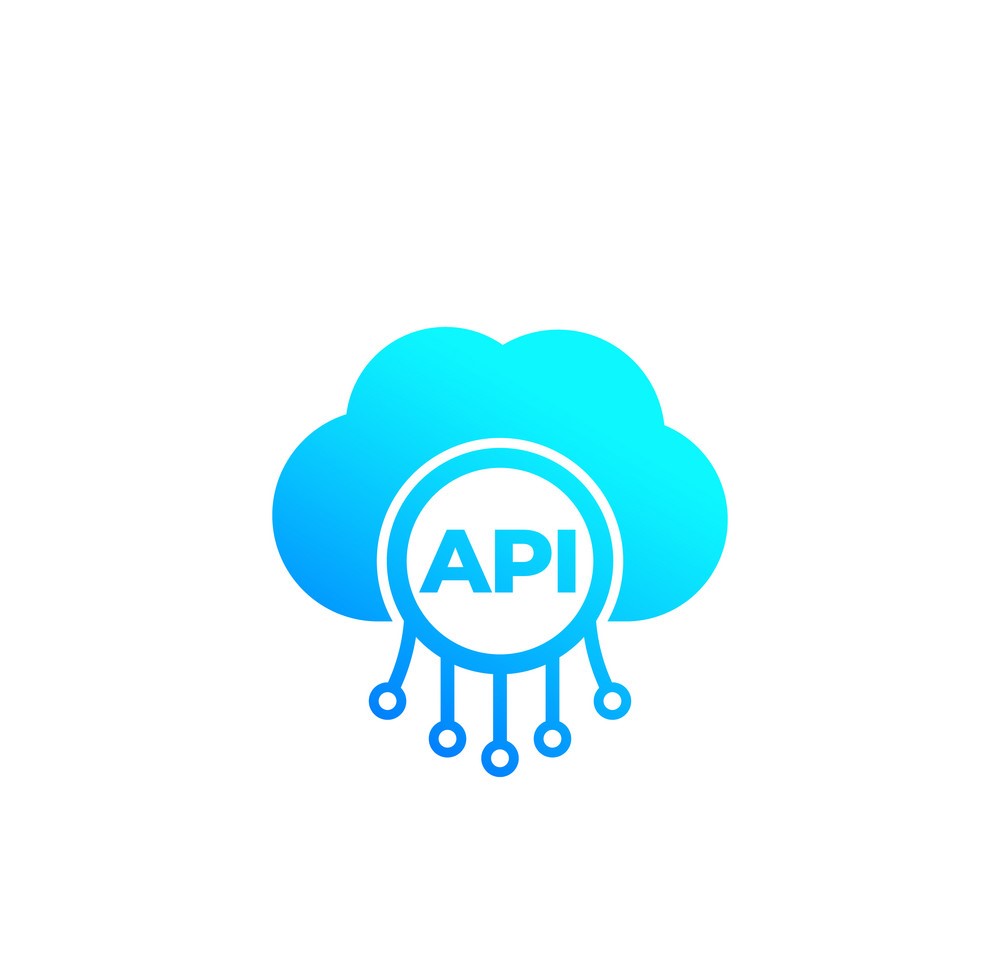The Ultimate Guide To Mobile App Security And Performance
Users expect mobile applications to be not only efficient and user-friendly but also secure. As businesses continue to invest in mobile technology, ensuring top-tier mobile app security and performance has become more critical than ever. This comprehensive guide will walk you through the essential elements needed to protect your app and enhance its functionality.
Mobile app security and performance
-
Insecure data storage: Storing unencrypted user data locally can make it accessible to attackers.
-
Weak server-side controls: Poor API security can expose backend services to unauthorized access.
-
Improper session handling: Failing to manage user sessions correctly can lead to session hijacking.
-
Code injection attacks: Inadequately sanitized input fields can open doors to SQL injections or script executions.
-
Reverse engineering: Attackers often decompile apps to uncover vulnerabilities or extract sensitive data.
Mobile app security strategies
Encrypt all sensitive data
Utilize strong encryption protocols (AES-256, RSA) to protect data both at rest and in transit. This ensures that even if data is intercepted, it remains unreadable to unauthorized parties.
Secure authentication
Implement multi-factor authentication (MFA) and OAuth 2.0 to reinforce identity verification. Avoid storing passwords on the client side and always use hashed credentials.
Security audits
Conduct periodic code reviews, vulnerability scans, and penetration testing to detect and fix issues before attackers exploit them. Automated tools like OWASP ZAP and manual testing can uncover hidden flaws.

Implement code obfuscation
Make reverse engineering difficult by obfuscating your code. This process renames classes, variables, and methods to unreadable formats, reducing the risk of exploitation.
Secure APIs
Always use HTTPS for API communication, apply rate limiting, and validate every request. Unauthorized API access is a major risk vector for mobile platforms.

Optimizing mobile app performance
Code & architecture
Choose an optimized code structure and framework that matches your project needs. Modular design, lazy loading, and proper thread management can significantly improve responsiveness.
Minimize resource usage
Monitor battery consumption, memory allocation, and CPU load. Use tools like Android Profiler and Xcode Instruments to identify and fix inefficiencies.
Reduce app size
Compress images, remove unnecessary libraries, and use app bundles to minimize download and installation time. A smaller app improves user retention and device compatibility.
Optimize network calls
Minimize API calls, use caching mechanisms, and implement data compression techniques like GZIP to reduce latency and bandwidth usage.
Best practices
Real-time monitoring
Use tools like Firebase Performance Monitoring or New Relic to track real-time metrics and crash reports.

Regular updates
Push timely updates to fix bugs, patch vulnerabilities, and introduce performance enhancements.

User feedback integration
Encourage feedback to identify usability issues and feature gaps affecting performance.

Compliance checks
Stay updated with data protection regulations (e.g., GDPR, CCPA) and ensure your app aligns with legal standards.
Conclusion
Achieving optimal mobile app security and performance is not a one-time task but a continuous process. By implementing best practices in both areas, you create a powerful, dependable solution that meets modern user expectations and withstands evolving digital threats.
